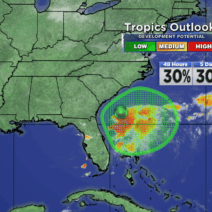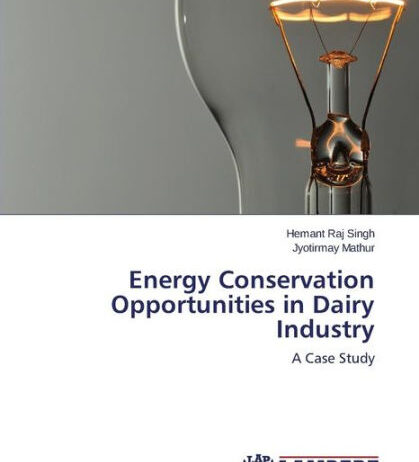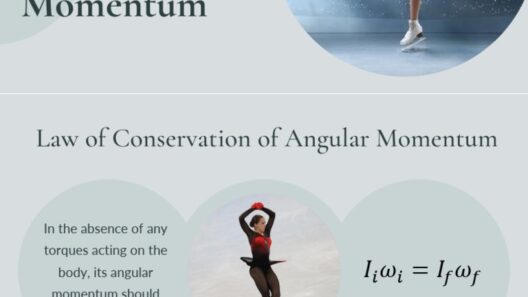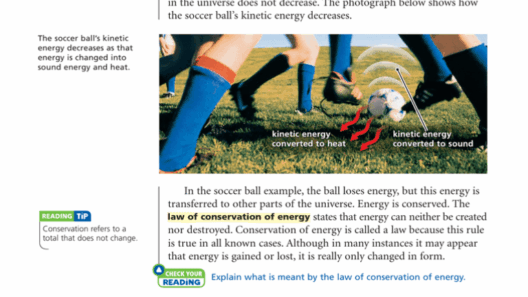In an era characterized by escalating energy demands and environmental quandaries, the need for a profound understanding of energy conservation and management has never been more critical. One remarkable resource that stands at the forefront of this imperative is Hemant Pathak’s “Energy Conservation and Management.” This handbook epitomizes a groundbreaking approach to energy conservation within various industries, promising not only to enlighten its readers but to fundamentally shift their perspectives regarding energy utilization.
Energy conservation is not merely a functional necessity; it is an ethical obligation. As the global community grapples with the alarming impacts of climate change, the discourse around energy efficiency has burgeoned. Pathak’s work articulates a holistic framework for energy management that transcends conventional methods, paving a pathway toward sustainability. The principles delineated in this handbook will inspire industry professionals, students, and advocates alike to cultivate an ethos of energy stewardship.
At its core, Pathak’s handbook emphasizes the importance of an interdisciplinary approach to energy management. It integrates disparate concepts from engineering, environmental science, economics, and social dynamics. This interdisciplinary synthesis is vital, as it recognizes that energy consumption impacts not only the ecological but also the socio-economic fabric of our society. Understanding these intersections allows us to develop strategies that are not merely reactive but proactive.
A salient feature of Hemant Pathak’s work is its emphasis on empirical data and practical case studies. These case studies showcase successful energy conservation initiatives across various sectors, including manufacturing, agriculture, and services. By illustrating tangible outcomes resultant from implemented strategies, the handbook instills a sense of optimism and possibility. The narratives embedded within these examples provide a compelling argument for the adoption of energy-efficient practices, underlining that substantial reductions in energy consumption are attainable.
Moreover, the handbook elucidates the myriad of innovative technologies that are revolutionizing the energy landscape. From advanced metering infrastructure to renewable energy sources like solar and wind power, Pathak explores how emerging technologies can facilitate significant strides in energy conservation. The potential of smart grid technology, for instance, is meticulously dissected, revealing how it can optimize energy distribution and consumption patterns in real-time, adapting to demand fluctuations and thus enhancing overall efficiency.
Simultaneously, Pathak does not shy away from tackling the behavioral aspects of energy consumption. The handbook highlights the significance of fostering a conservation-oriented culture within organizations. Behavioral economics principles are applied to demonstrate how subtle changes in organizational policies can significantly alter consumption behaviors. For example, incentivizing energy-saving actions through gamification techniques encourages individuals and teams to actively engage in energy conservation efforts. This psychological dimension of energy management emphasizes that technology alone is insufficient; a change in mindset is paramount.
Furthermore, Pathak articulates the critical role of policy frameworks and regulations in facilitating energy conservation. Governmental policies can either catalyze or hinder progress toward energy efficiency goals. The handbook meticulously outlines existing legislation and regulatory measures that promote energy conservation, while also advocating for stronger policies. By influencing regulatory environments, stakeholders can create a conducive atmosphere for innovation and investment in energy management technologies.
The global energy landscape is in a state of flux, propelled by factors such as geopolitics, technological evolution, and societal shifts. Pathak frames energy conservation within this dynamic context, urging readers to contemplate the far-reaching implications of energy management on national security and economic stability. The discussion surrounding energy independence, resource allocation, and environmental stewardship provides a sobering reminder of the interconnectedness of energy issues and global challenges.
Pathak’s insightful analysis also extends into the realms of education and community engagement. He advocates for the integration of energy management principles into educational curricula, thus equipping future generations with the knowledge and skills to navigate the complex energy challenges that lie ahead. Community engagement initiatives, such as workshops and informational campaigns, further amplify the reach of energy conservation efforts, nurturing awareness and collective action among local populations.
In the concluding sections of the handbook, Pathak fosters a visionary outlook for the future of energy management. He posits that as energy efficiency becomes increasingly paramount, organizations that adapt and innovate will not only thrive but play a pivotal role in advancing global sustainability goals. The vision outlined is both ambitious and attainable, compelling readers to envision a world where energy conservation is the norm rather than the exception.
In essence, “Energy Conservation and Management” by Hemant Pathak is a clarion call for stakeholders across all sectors. It promises to reshape the conversation around energy usage, urging a collective consciousness that prioritizes sustainability and efficiency. The interplay of technological innovation, behavioral change, and effective policy underscores a paradigm shift in how we perceive and manage energy resources. As this handbook weaves together theory and practice, it successfully piques curiosity while fostering a commitment to tangible change.
This handbook is not just a compilation of strategies; it is a manifesto for a sustainable future. Each reader is invited to critically reflect on their own energy consumption patterns and consider the broader implications of their actions. The handbook leaves readers with an imperative: to become active participants in the energy conservation movement, ensuring that their choices drive the transition towards a more sustainable and equitable world.








